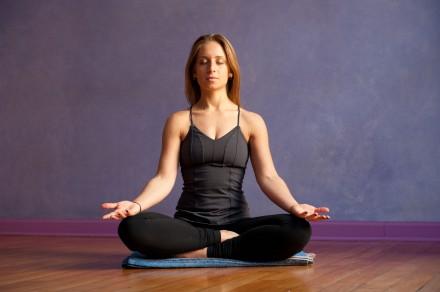Yoga and Pilates seem to be two of the more popular forms of movement and exercise at the moment. Many studios hold both yoga and Pilates classes, proving that many people are devoted to either or both. As a yoga teacher, I’m often asked about the difference between the two and also which, in my perspective, is “better.” On one hand, I’d say this question warrants personal experience of both forms more than a description, but because I get this question so often, I’ll give it a shot here.
Let’s first begin with how the two forms differ.
Yoga is a philosophy and science developed in India thousands of years ago, and it entails not only the physical poses we are most familiar with here in the West, but also a deep philosophy rooted in meditation and self-discovery. For many people, yoga is considered spiritual and offers them insight on a deeper level than the body.
Pilates was developed by Joseph Pilates in the early 20th century in Germany. This system of exercises was developed to strengthen and condition the body as well as build endurance in specific muscle groups. Pilates, though entailing focus, does not have what would be defined as a “spiritual” component.
Who is best suited for yoga versus Pilates? Though Pilates benefits the entire body, it’s very much focused on the core and abdominals. So if you would like to develop more core strength, shrink your waistline very specifically, or discover ways of stabilizing for a healthier back, Pilates exercises might be perfect.
Yoga, however, builds strength not only in the core but very much in the arms and legs for an all over feeling of tone. If you are also looking for the added experience of meditation and relaxation, yoga will offer you that as well.
Lastly, both yoga and Pilates have a specific use of the breath, though the use of it is noticeably different. In the vinyasa form of yoga, the exhale is usually used to release, relax, or, in many cases, lower out of a pose. The inhale is used to fill up, energize and to come up into a pose.
Pilates uses the breath differently. Since the focus is very much about the core, any motion of curling up that involves effort lets out an exhale. The more passive, release moments require an inhale. This shifting of breath focus can be challenging for a participant who is used to one way versus the other, but it engages the body in different ways, thus affecting the overall experience.
Both practices offer attention to coordination, flexibility, body awareness, and strength, but most importantly, what you learn in class translates out of the classroom and into your daily movements.
You will notice that your movement is more controlled, or your posture taller at your desk or that your back holds less tension. Both forms have very obvious positive results in how your body will feel on a daily basis. But I will close where I began: If you can, experience both practices to see which appeals more to you. Or perhaps they both have something to offer you. Allow your own personal needs to reveal them to you.
Eco18 is a collective of creative-writing individuals from different backgrounds with a common goal—to live a healthier, more natural lifestyle. Their combined expertise, humor, and opinions explore green and sustainable in a practical, fun way. www.eco18.com





